Center for Applied Simulations
The Center for Applied Simulations "Auf AEG" consists of three individual laboratories, each of which has a unique selling point and can be operated together as an integrated laboratory complex. In the laboratories, the scientists of the chair want to provide answers to important questions about the future design and operation of power grids, in order to ensure a high level of supply security and reliability, even in the area of tension of the energy transition, with simultaneous decarbonization.
The Microgrid and Energy Storage Laboratory ENGiNe pursues the construction of a test facility which integrates all areas of a decentralized regenerative energy supply in the low voltage. The implementation is carried out with real equipment, supplemented by simulative components.
The interaction of the individual components (feed-in, storage, load) in different constellations for grid efficiency, for increasing self-consumption independent of political framework conditions or for participation in the balancing energy market will be researched. As well as the stability and control of microgrids in interconnected and islanded operation. The microgrid and energy storage laboratory is located at the Nuremberg Energy Campus AufAEG.
The installed capacity of regenerative, decentralized energy systems in distribution and microgrids is growing steadily. The vast majority of these systems generate direct voltage or direct current. In order to be able to use this in the existing electrical energy system, these plants must be integrated into the AC grid via a converter. The power electronics used in this process causes a decrease in inertia and voltage quality in the grid. The Smart renewable Power Plant (SrPP) is used to demonstrate the grid efficiency of a controlled converter deployment by using grid-forming controls in conjunction with physical and simulated DC sources. For this purpose, the SrPP was integrated into the Microgrid and Energy Storage Laboratory at the Nuremberg Energy Campus AufAEG.
Due to the size of the plants to be investigated, laboratory and field investigations are only possible to a limited extent in the electrical power supply. Experimental intervention in the power grid is not possible due to the security of supply. Against this background, the tool of real-time simulation can serve. Here, real devices and equipment are brought together with a virtual, simulated network via converters, measuring equipment and amplifiers. The interaction of these devices and equipment with the power grid can then be studied safely.
The real-time laboratory offers all the necessary techniques for this. Simulation systems can take on the role of the energy network or even simulate the structure and physical properties of a piece of equipment. Inputs and outputs of the devices to be tested can be fed via many of the network protocols relevant in power engineering practice as well as via direct supply by analog amplifiers and measuring devices. For the devices themselves, the supply of electrical energy as well as network connections are available.
In this respect, real-time simulation serves as an innovative tool for conducting highly qualified, practical and sustainable research in the field of electrical power supply.
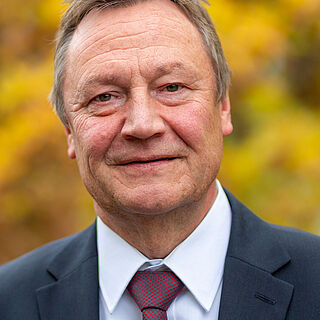
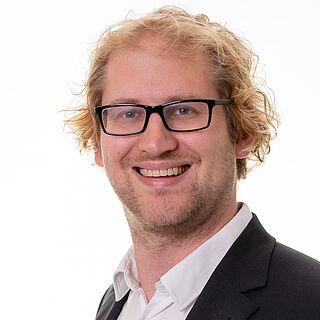
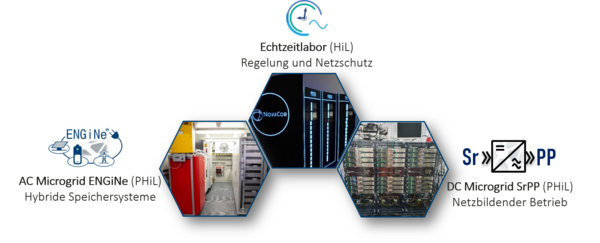
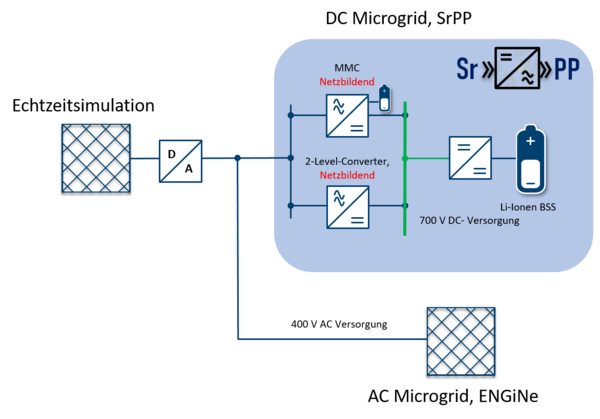
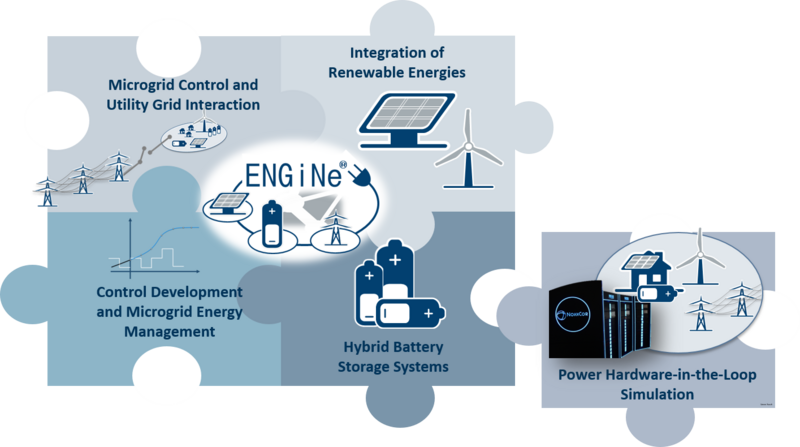
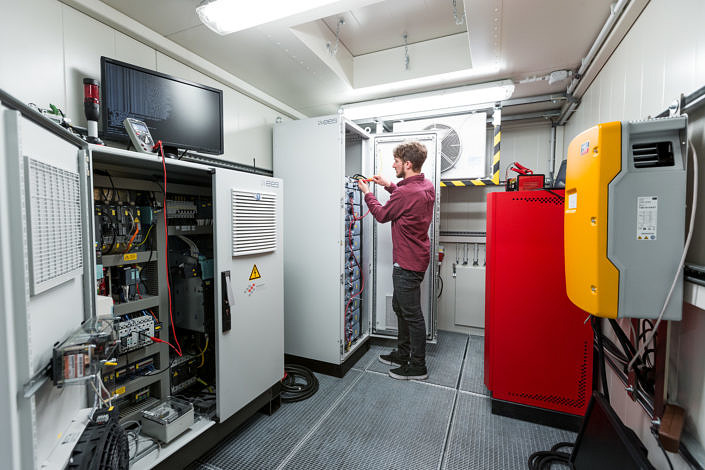
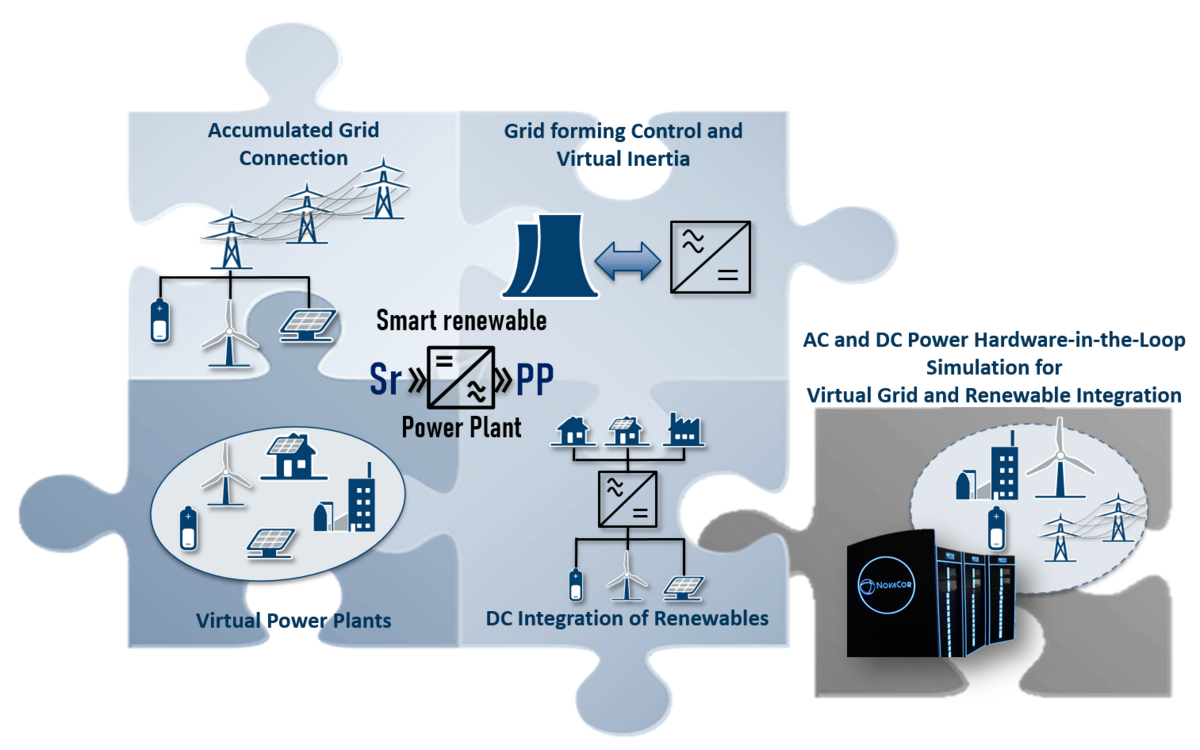
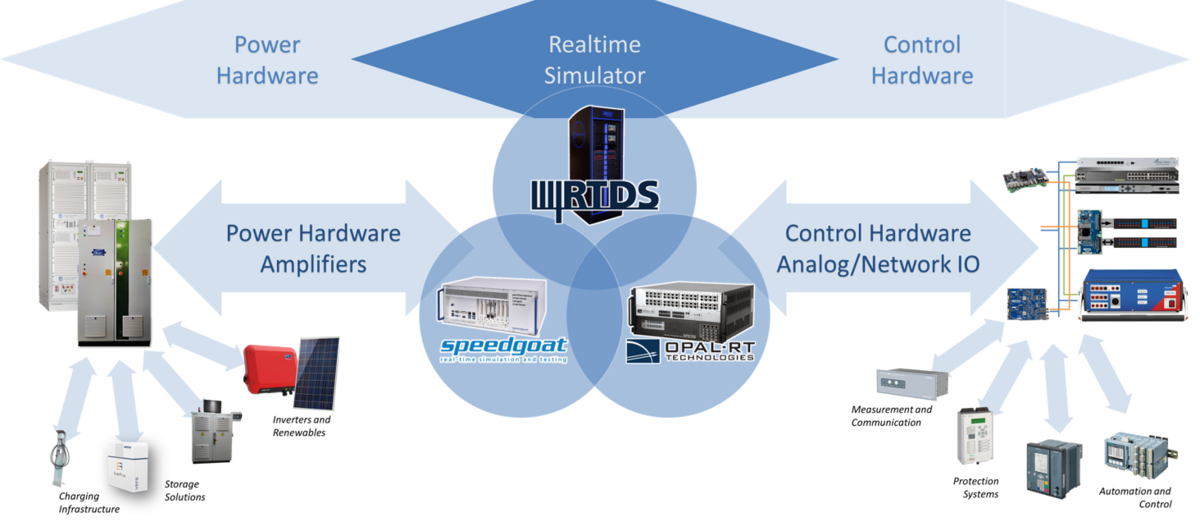
![[Translate to Englisch:] [Translate to Englisch:]](/fileadmin/_processed_/0/e/csm_Systemstabilitaet_LEES_Luther_b43f4ec3fb.jpg)
![[Translate to Englisch:] [Translate to Englisch:]](/fileadmin/_processed_/2/c/csm_Hochleistungstechnik_Luther_67cd49abd2.jpg)